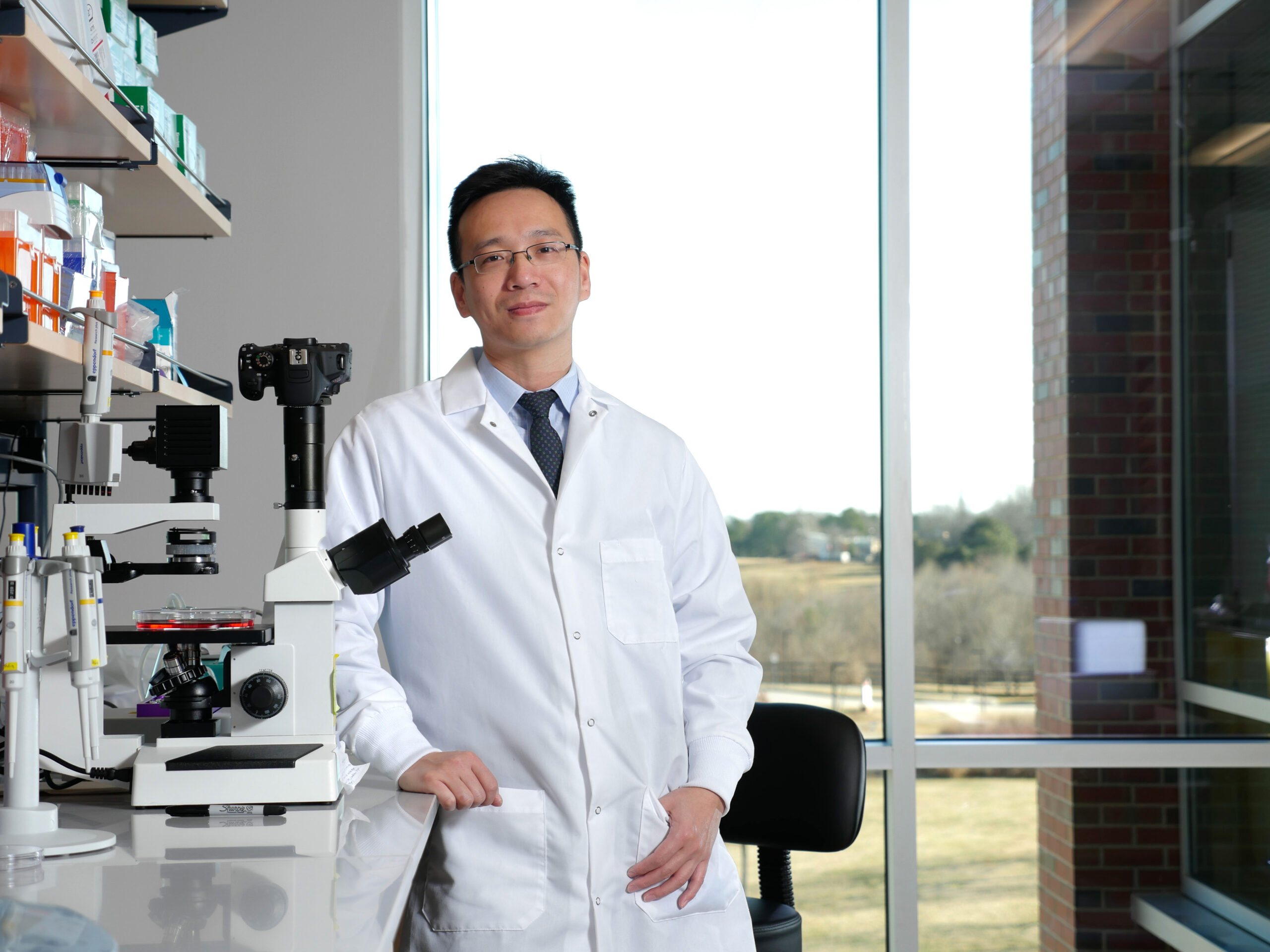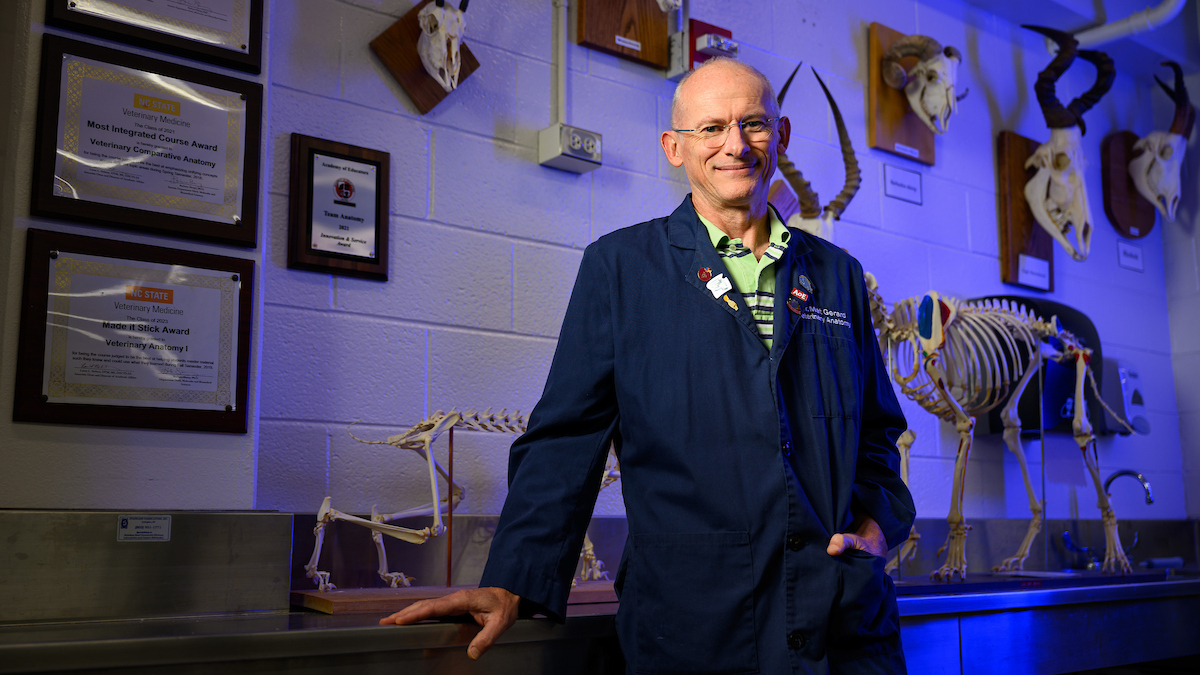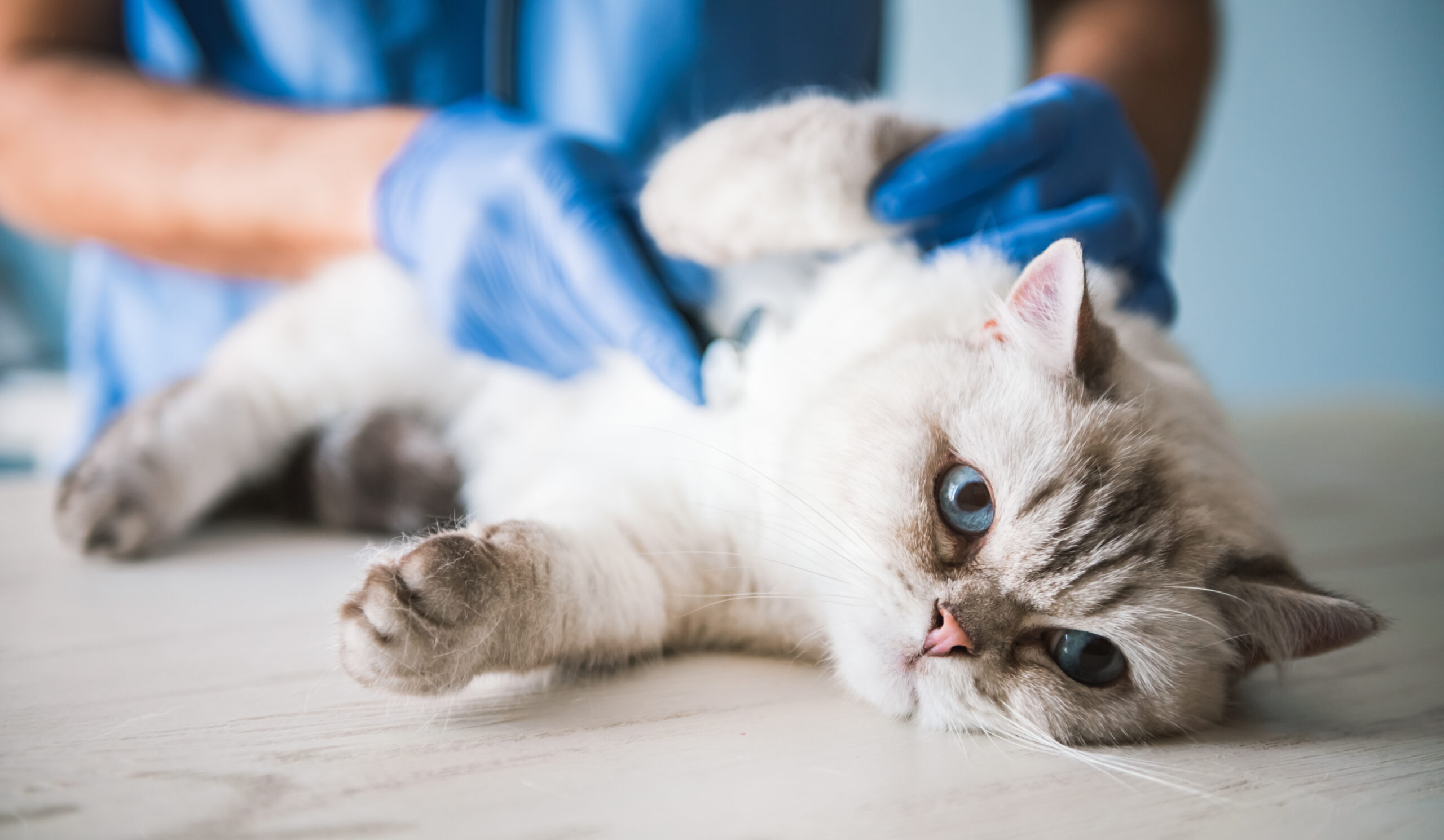CVM-Led Contraceptive Gel Project Combines Spermicidal, Anti-Viral, Libido-Enhancing Agents

Researchers from North Carolina State University have created a trifunctional contraceptive gel that contains spermicidal, anti-viral and libido-enhancing agents in one formulation. When tested in a rat model, the gel both enhanced male libido and prevented pregnancy in 100% of cases, as compared to an average 87% effective rate with a commercially available contraceptive gel.
“We are using three pharmacological agents in a new formulation,” says Ke Cheng, Randall B. Terry, Jr. Distinguished Professor in Regenerative Medicine at NC State’s College of Veterinary Medicine, professor in the NC State/UNC Joint Department of Biomedical Engineering and corresponding author of a paper describing the work. “Our hope is that this trifunctional contraceptive gel could further enhance the safety and quality of sexual intercourse.”
The new carbomer-based gel contains the contraceptive gossypol, the antiviral tenofovir and nitroglycerin to stimulate blood flow.
Cheng and his team first tested the gel in vitro to determine spermicidal and antiviral efficacy, as well as toxicity to vaginal epithelial cells. At 10 micrograms per milliliter gossypol concentration, the gel was effective in killing almost 100% of pig sperm – used for in vitro testing – in 30 seconds. Lower concentrations were equally effective by 180 seconds.
They also tested the gel in vitro against a lentivirus and found that it did have an inhibitory effect, indicating its potential to reduce transmission of sexually transmitted diseases. The gel was also shown not to be damaging to epithelial vaginal cells, as cell damage in treated cells was not significantly different from non-treated, or control cells.
Next, the researchers looked at contraceptive effects in a rat model. Eighteen female rats were divided into three groups: one that received the new gel; one that received a common commercially available contraceptive gel containing nonoxynol9; and a control. The females in the trifunctional gel group had no pregnancies, as opposed to one pregnancy in the nonoxynol9 group.
The team also tested the gel’s effect on male rats’ libido and erectile function. Rats that received the gel mated more frequently and with shorter incubation periods than those that did not.
“The trifunctional contraceptive gel we created yielded higher contraceptive success rates than those on the market,” says Cheng, “and has great potential for improving the safety and quality of sexual intercourse.”
— Tracey Peake/NC State News Services


